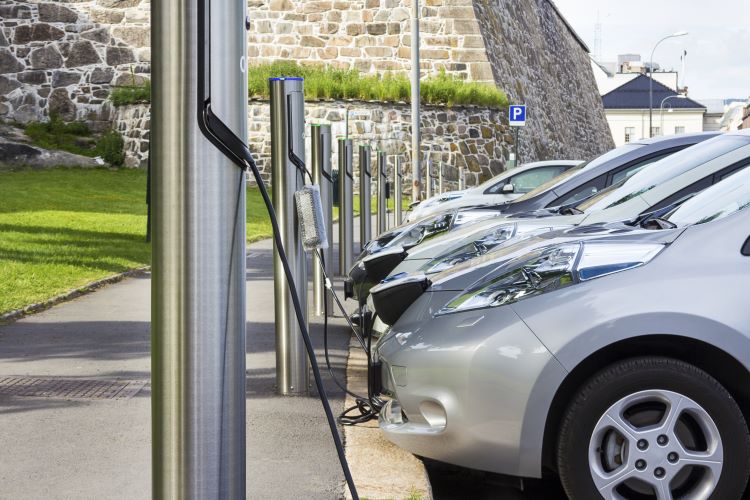"Shaping the Future: The Rise of Intergenerational Living"
Introduction: In a world where the nuclear family has long been the norm, a profound shift is taking place. Intergenerational living, where multiple generations reside under one roof, is on the rise. Read below to discover the historical context of this trend, its cultural implications, and how it is reshaping our society.

The Historical Context of Intergenerational Living
Intergenerational living is not a new concept. In many ways, it is a return to the ways of the past. For centuries, it was common for multiple generations to live together. This was often out of necessity, as families relied on each other for labor and support. However, in the 20th century, this began to change. The rise of the nuclear family, consisting of parents and their children, became the standard. This shift was largely driven by increased mobility, societal changes, and economic factors.
The Re-emergence of Intergenerational Living
But in recent years, there has been a resurgence in intergenerational living. According to a Pew Research Center study, as of 2016, 20% of the U.S. population lived in multigenerational households. This is the highest it has been since the 1950s. Several factors are driving this trend. The high cost of living, increasing student debt, and the aging population are all contributing to this shift. As a result, families are once again coming together under one roof.
The Impact on Society
The rise of intergenerational living has profound implications for our society. On the one hand, it can lead to increased understanding and empathy between generations. Living together provides opportunities for meaningful interactions and shared experiences. On the other hand, it can also present challenges. Differing expectations, the need for privacy, and potential conflicts can arise.
The Future of Intergenerational Living
Looking ahead, it appears that intergenerational living will continue to shape our society. It has the potential to transform our understanding of family and community. Moreover, it can prompt changes in housing policies and design. As more families choose to live together, homes may need to be designed to accommodate multiple generations. This can lead to innovative solutions that cater to the needs of this growing demographic.
Conclusion
Intergenerational living is more than just a trend. It is a societal shift that reflects our changing economic, demographic, and cultural landscape. Its implications are far-reaching, touching on aspects of our lives from our relationships to our homes. As we continue to navigate this shift, it is essential that we understand its impact and potential. By doing so, we can ensure that we are prepared for the changes to come.






